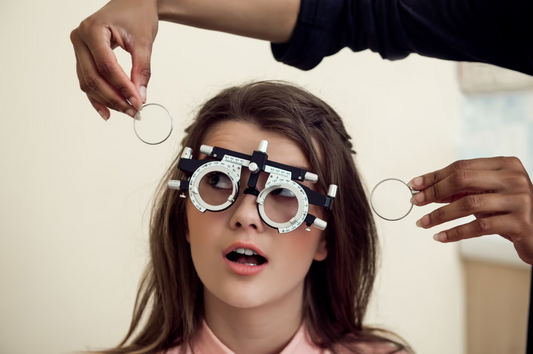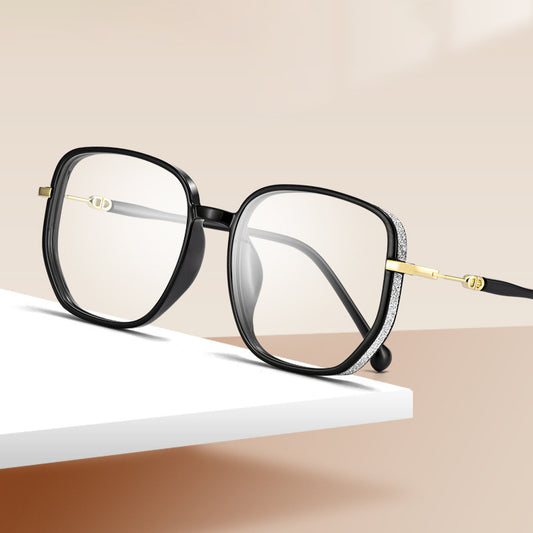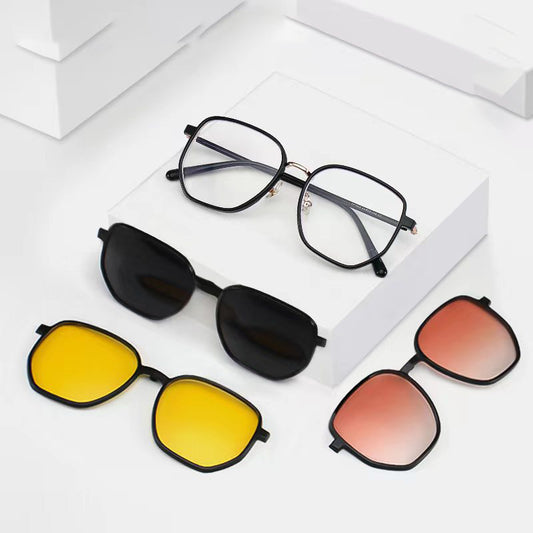Eyeglasses are an essential tool for many people to see clearly, but not everyone has perfect eyesight. An eyeglasses prescription is a document that outlines the specific corrective lenses needed to improve vision. In this article, we will explore everything you need to know about eyeglasses prescriptions, including what they are, how to read them, and what to expect during an eye exam.
What is an Eyeglasses Prescription?
An eyeglasses prescription is a written document that specifies the corrective lenses needed to improve vision. It is typically issued by an optometrist or ophthalmologist after a comprehensive eye exam. The prescription contains various measurements and values that are used to create lenses that compensate for any visual impairments.
How to Read an Eyeglasses Prescription
Reading an eyeglasses prescription can be confusing, but once you understand the different values, it becomes much easier. Here are the main components of an eyeglasses prescription:
OD and OS
OD stands for "oculus dexter," which is Latin for "right eye," and OS stands for "oculus sinister," which is Latin for "left eye." These two measurements indicate the prescription for each eye.
Sphere (SPH)
The sphere value indicates the degree of nearsightedness (minus sign) or farsightedness (plus sign) of each eye. The higher the number, the stronger the prescription.
Cylinder (CYL)
The cylinder value indicates the degree of astigmatism, which is a condition where the eye has an irregular shape. This value is only present if the eye has astigmatism and is always accompanied by an axis value.
Axis
The axis value indicates the orientation of the cylinder value and is presented in degrees. It is only present if the eye has astigmatism.
Prism
The prism value is used to correct eye alignment issues, such as double vision. It is only present if needed.
Base
The base value indicates the orientation of the prism and is presented as "up," "down," "in," or "out."
What to Expect During an Eye Exam
Getting an eye exam is a simple and painless process. Here is what you can expect during your appointment:
Medical History
Your optometrist will ask you about your medical history to determine any underlying conditions that may affect your vision.
Visual Acuity Test
This test measures how well you can see from a distance using an eye chart.
Refraction Test
This test determines the exact prescription needed to correct any visual impairments.
Eye Health Exam
Your optometrist will examine the health of your eyes, including the retina, optic nerve, and blood vessels.
Choosing the Right Frames
Once you have your eyeglasses prescription, the next step is to choose the right frames. Here are some tips to keep in mind:
Face Shape
Choose frames that complement your face shape. For example, round faces look best with square or rectangular frames, while square faces look best with round or oval frames.
Color
Choose a color that complements your skin tone and hair color. Neutral colors like black, brown, and gray are always a safe choice, but don't be afraid to experiment with bolder colors and patterns.
Frame Size
Choose a frame size that fits your face properly. Frames that are too big or too small can cause discomfort and may not provide adequate vision correction.
Conclusion
An eyeglasses prescription is an essential document that outlines the specific corrective lenses needed to improve vision. By understanding how to read an eyeglasses prescription and what to expect during an eye exam, you can ensure that you are getting the correct lenses to improve your vision. Choosing the right frames is also important for comfort and style.
FAQs
- How often should I get an eye exam?
- It is recommended to get an eye exam every 1-2 years, or more frequently if you have underlying conditions that affect your vision.
- Can I use my old eyeglasses prescription to order new glasses?
- It is not recommended to use an old prescription, as your vision may have changed since your last exam.
- Can I order eyeglasses online with my prescription?
- Yes, many online retailers offer eyeglasses with custom prescriptions. Just make sure to provide accurate measurements and choose a reputable retailer.
- Are bifocal and progressive lenses different from single vision lenses?
- Yes, bifocal and progressive lenses have additional magnifying power for reading and are designed for individuals with presbyopia, while single vision lenses are designed for individuals with nearsightedness or farsightedness.
- What should I do if my eyeglasses prescription doesn't seem right?
- If you experience discomfort or your vision doesn't seem right with your new prescription, make an appointment with your optometrist to have your eyes re-examined.








